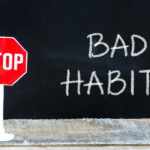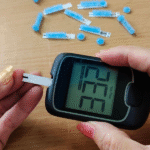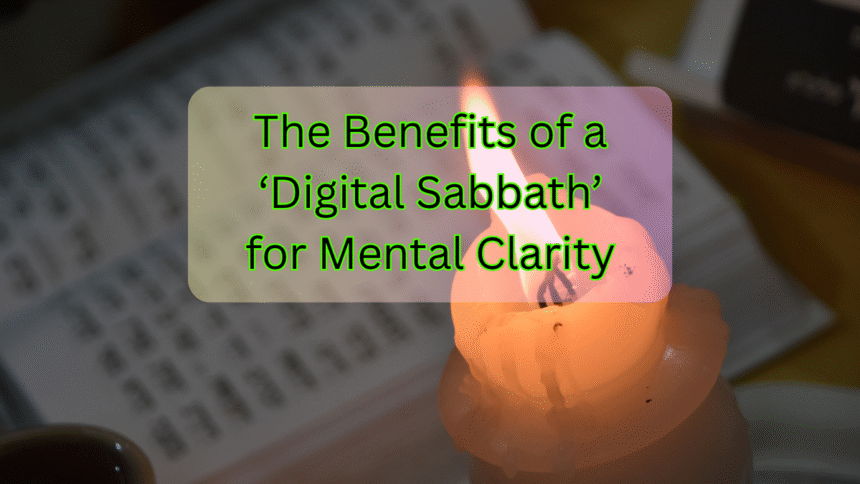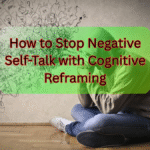Digital Sabbath
Introduction: The Overwhelming Digital World
Do you ever feel like your phone is an extension of your hand? That constant buzz of notifications, endless social media scrolling, and the pressure to always be “on” can leave you mentally drained. If this sounds familiar, you’re not alone. Many of us are caught in a cycle of digital overload, where screens dominate our days and leave little room for quiet reflection.
Enter the Digital Sabbath—a dedicated break from screens to recharge your mind. This practice isn’t about rejecting technology entirely but creating intentional space for mental clarity. In this post, we’ll explore the benefits of a Digital Sabbath, how to implement it, and why stepping away from screens can lead to a happier, more focused life.
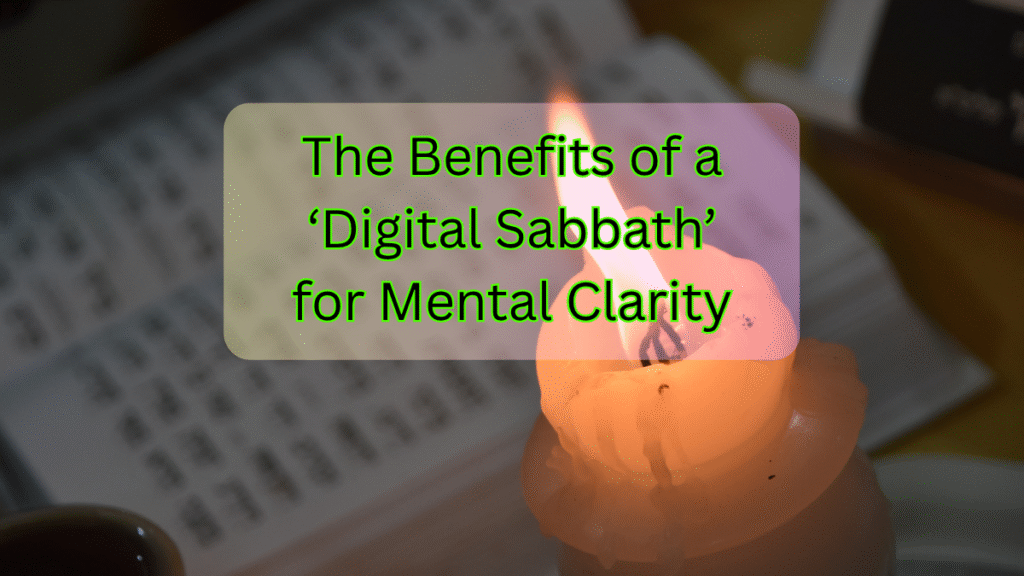
What Is a Digital Sabbath?
A Digital Sabbath (or digital detox) is a period—usually 24 hours—where you disconnect from digital devices like smartphones, computers, and TVs. The idea is inspired by the traditional Sabbath, a day of rest, but applied to our modern tech-driven lives.
Why Take a Digital Break?
- Reduce mental fatigue – Constant notifications fragment attention.
- Improve sleep quality – Blue light from screens disrupts melatonin production.
- Strengthen real-life connections – Less screen time means more face-to-face interactions.
- Boost creativity – A quiet mind fosters new ideas.
The Science Behind Digital Detoxing
Research supports the mental health benefits of unplugging:
- A University of Pennsylvania study found that limiting social media use to 30 minutes a day reduced loneliness and depression.
- Harvard Medical School reports that excessive screen time before bed disrupts sleep patterns.
- Psychologists note that constant multitasking (like checking emails while watching TV) increases stress and reduces productivity.
By taking a Digital Sabbath, you give your brain the downtime it needs to reset.
How to Start Your Digital Sabbath
1. Choose a Realistic Time Frame
If 24 hours feels daunting, start small—try a half-day or even a few hours each week. Gradually increase as you get comfortable.
2. Set Clear Boundaries
- Turn off non-essential notifications.
- Inform friends/family you’ll be offline.
- Use an old-school alarm clock instead of your phone.
3. Replace Screen Time with Meaningful Activities
Instead of scrolling, try:
- Reading a physical book
- Going for a nature walk
- Journaling or meditating
- Cooking a meal without distractions
4. Prepare in Advance
- Download any necessary files (e.g., work documents, podcasts).
- Set an out-of-office reply if needed.
5. Reflect on the Experience
After your Digital Sabbath, ask yourself:
- How did I feel without constant notifications?
- Did I sleep better?
- What activities brought me joy?
Video Credits
Common Concerns (And How to Overcome Them)
“What If I Miss Something Important?”
Most messages can wait. If emergencies arise, designate a trusted contact to reach you offline.
“I Need My Phone for Work!”
If a full break isn’t possible, try a “micro-detox”—designate no-phone zones (e.g., dinner table, bedroom).
“I’ll Feel Bored Without Screens”
Boredom can spark creativity! Use this time to rediscover hobbies or simply relax without stimulation.
Long-Term Benefits of Regular Digital Sabbaths
- Sharper focus – Less digital clutter = better concentration.
- Deeper relationships – More presence in conversations.
- Reduced anxiety – Breaking the “always-on” cycle lowers stress.
- Increased mindfulness – You become more aware of your tech habits.
Final Thoughts: Reclaim Your Mental Space
A Digital Sabbath isn’t about abandoning technology—it’s about using it intentionally. By stepping back from screens, you create room for mental clarity, deeper connections, and a more balanced life.
Ready to try it? Start with just a few hours this weekend and notice the difference. Share your experience in the comments—we’d love to hear how it goes!
- Subscribe for more wellness tips.
- Share this post with someone who needs a digital break.
- Tag us on social media with your #DigitalSabbath story!



